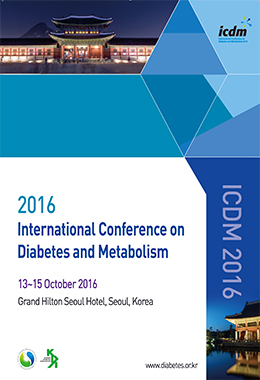Objective: A survey was conducted in Ghaziabad District of Uttar Pradesh state in India to ascertain health seeking behaviour and health expenditures.
Methods: Using multistage cluster sampling design, 1,140 households (30 clusters x 38 households in each cluster) were selected proportionately from urban and rural areas. Households were selected through a house-to-house survey during September and October 2015 whose members had experienced illness in the past 30 days, had illness lasting longer than 30 days, were hospitalized in the past 365 days, had women who were currently pregnant or experienced childbirth in the past two years. In these selected households, trained investigators, using a tablet computer-based structured questionnaire, enquired about the socio-demographics, nature of illness, source of healthcare, and healthcare and household expenditure. The data was transmitted daily to a central server using wireless communication network. Mean healthcare expenditures were computed for various health conditions. Catastrophic healthcare expenditure was defined as more than 15% of the total annual household expenditure on healthcare.
Results: The mean monthly household expenditure was 18,127 Rs. Nearly 17.2% of the household expenditure was on healthcare. Fever, respiratory tract diseases, gastrointestinal diseases were the common acute illnesses, while heart disease, diabetes mellitus, and respiratory diseases were the more common chronic diseases. Hospitalizations were mainly due to cardiovascular diseases, gastrointestinal problems. Only 18%, 19%, 21% and 32% of the healthcare for acute illnesses, chronic illnesses, hospitalizations and childbirth was sought in the government health facilities. Among households experiencing hospitalization, 57.8% had incurred catastrophic expenditures, which was significantly higher in the poorest compared to richest household expenditure quartile (P < 0.002).
Conclusion: Expenditure on healthcare remains high in Uttar Pradesh state of India. Efforts to increase utilization of the public sector could decrease healthcare expenditure.




